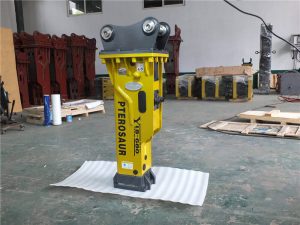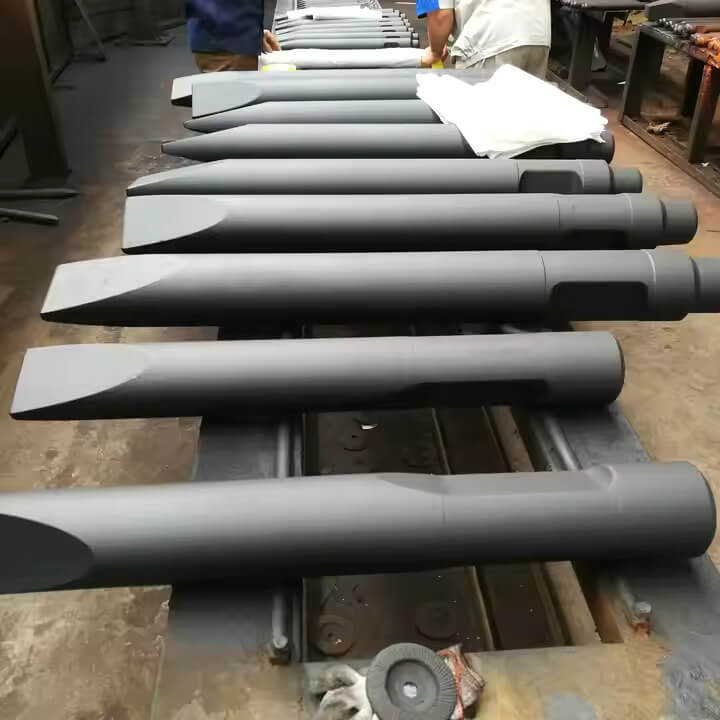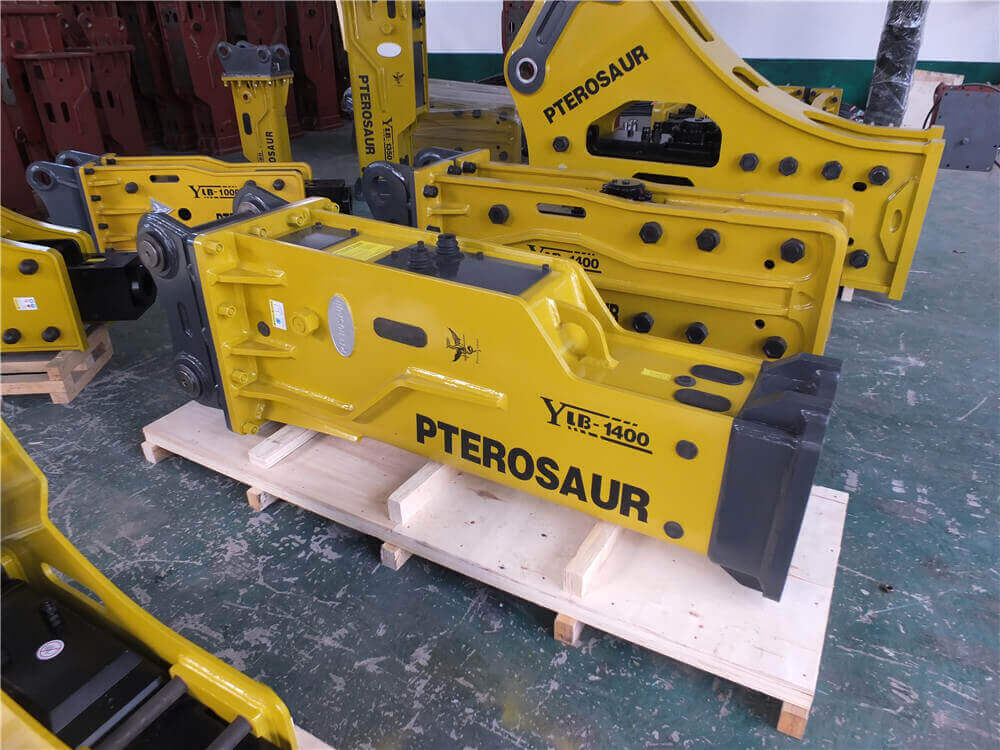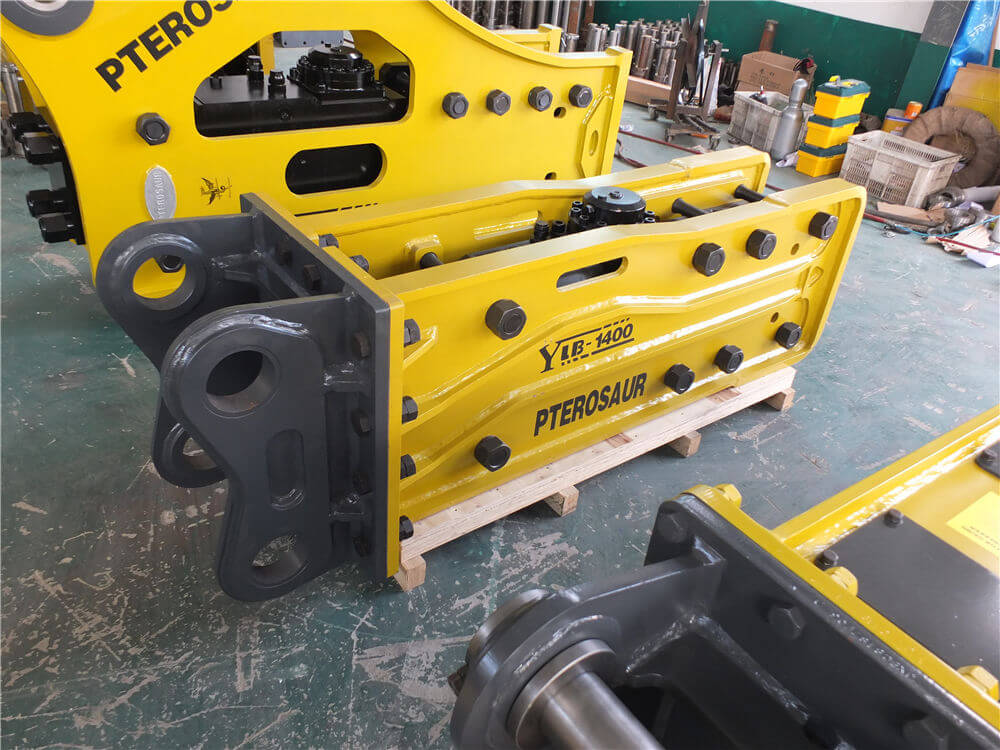Understanding Rock Breaker Machines: Hydraulic and Pneumatic Solutions
In the construction and demolition industry, rock breaker machines serve a crucial role in efficiently breaking down large rocks and concrete structures. This article explores the various types of rock breaker machines, their functionalities, and key manufacturers in the market today.
What is a Rock Breaker Machine?
A rock breaker, commonly referred to as a hydraulic hammer, is a heavy-duty tool designed to demolish large rocks and concrete. It operates on a hydraulic system that generates a powerful force to break materials into manageable sizes. This kind of machinery is ideal for tasks where traditional methods, such as jackhammering or blasting, are not feasible due to safety or environmental concerns.
Types of Rock Breakers
There are two primary types of rock breaker machines: hydraulic and pneumatic.
-
Hydraulic Rock Breakers: These machines are powered by hydraulic systems and are known for their efficiency and effectiveness. They are widely used in construction and landscaping projects. Hydraulic rock breakers are designed for continuous oscillation, offering powerful performance for various applications.
-
Pneumatic Rock Breakers: These use compressed air to generate impact and are often lighter than hydraulic versions. They are suitable for smaller jobs or in locations with limited access.
Key Features and Benefits
-
Efficiency: Hydraulic rock breakers are particularly noted for their high efficiency, allowing for quick and easy removal of rock or concrete. This makes them a preferred choice for demolition crews, especially for large-scale projects.
-
Versatility: Many rock breakers can be attached to different types of machinery, such as excavators, tractors, and mini-excavators, making them adaptable for various tasks. For instance, Tramac hydraulic hammers are compatible with a wide range of machinery, enhancing their utility.
-
Durability: Heavy-duty rock breakers are designed to withstand tough working conditions, ensuring longevity and reliability. Manufacturers like FAE produce robust stone crushers and rock breakers capable of handling significant workloads.
Choosing the Right Rock Breaker
Selecting the appropriate rock breaker is crucial for achieving optimal performance. Here are some tips:
-
Match the Size: It’s essential to match the size of the breaker with the size of the rock or concrete being worked on. A breaker that is too large can lead to inefficiencies, while one that is too small may not perform adequately.
-
Consider the Application: Different projects may require specific features. For instance, THOR’s hydraulic pile driver and rock breaker combination is designed for both demolition and precise pile driving, making it versatile for various construction needs.
Rental and Purchase Options
For those not looking to purchase rock breaker machines outright, rental services are widely available. Companies like KGN Enterprises and RSP Construction offer rental services for hydraulic and pneumatic rock breakers, allowing businesses to access high-quality equipment without the significant upfront investment.
Conclusion
Rock breaker machines, whether hydraulic or pneumatic, are indispensable in the construction and demolition industries. Their efficiency, versatility, and durability make them vital tools for managing large-scale projects. By understanding the various options available and choosing the right machine for the job, contractors can significantly enhance their operational efficiency and project outcomes. For those in need of rock breaking solutions, exploring manufacturers and rental services can lead to finding the perfect fit for specific project requirements.



































